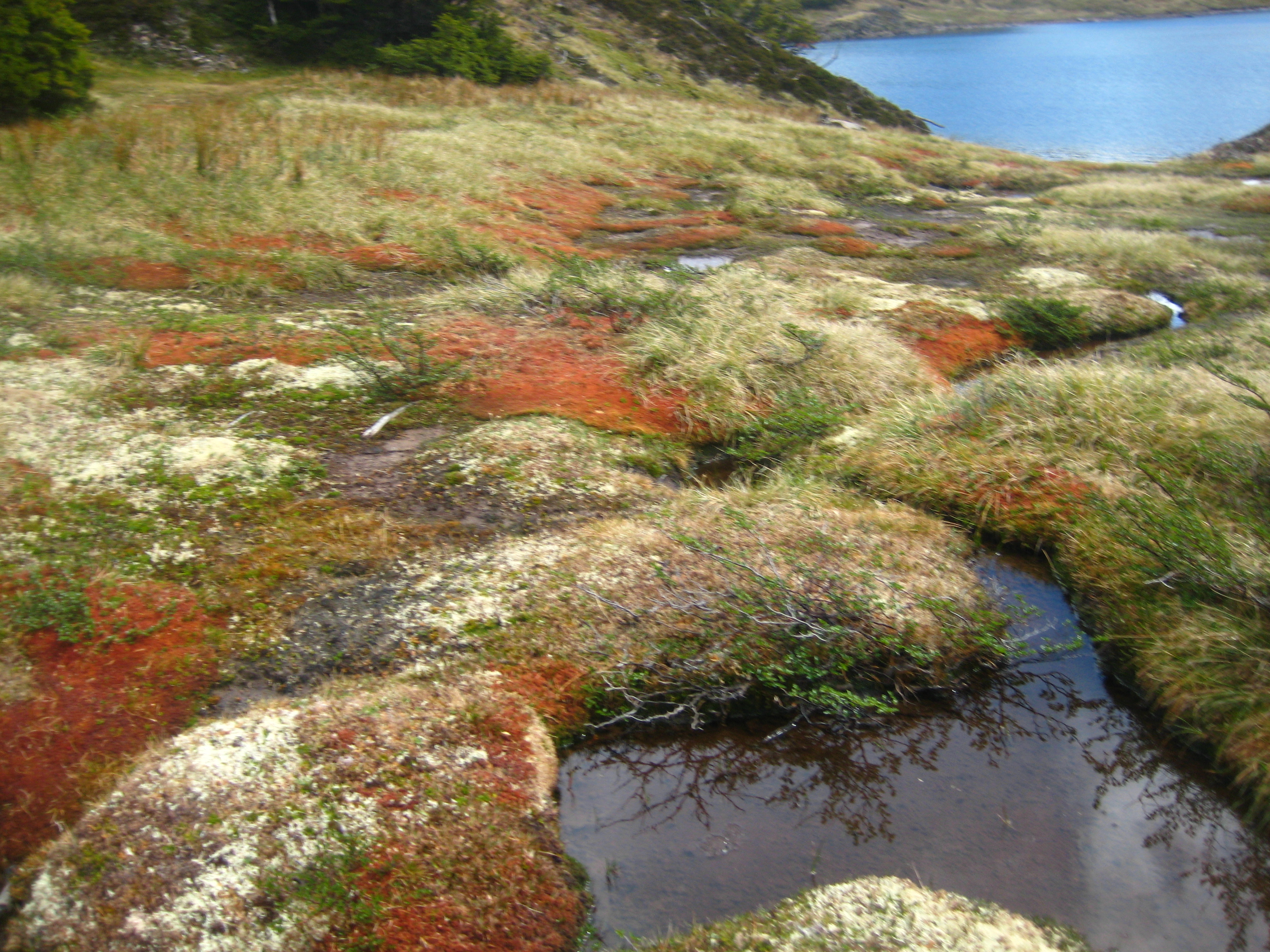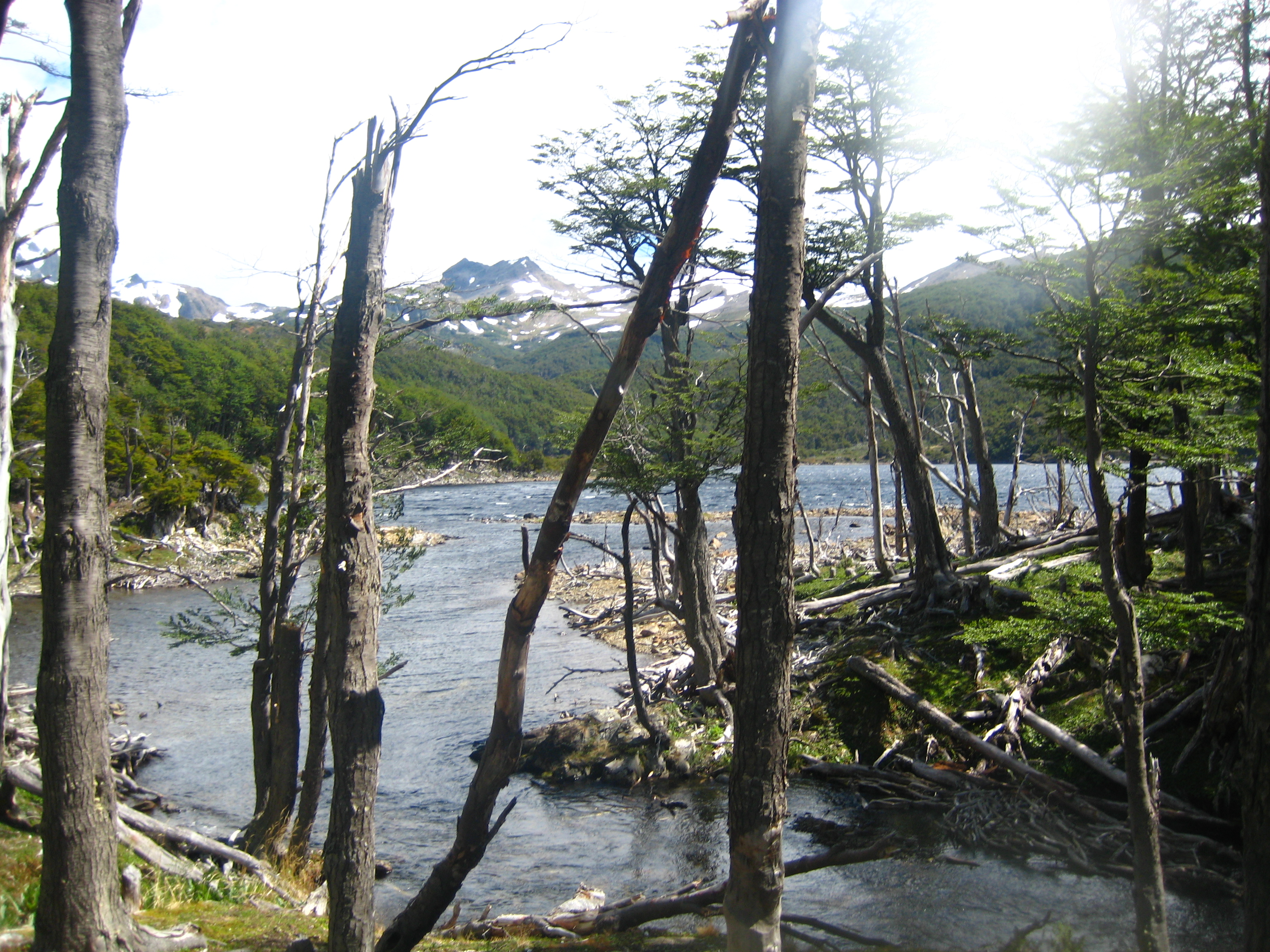|
Course Instructors
- Dr. Christopher Anderson, Institute of Ecology and Biodiversity, Chile
- Dr. J. Britt Holbrook, Center for the Study of Interdisciplinarity, UNT
- Dr. James Kennedy, Dept of Biological Sciences, UNT, USA
- Dr. Andrés Mansilla, University of Magellanes, Chile
- Dr. Ricardo Rozzi, Dept of Philosophy and Religion Studies, UNT, USA
   
Essay Assignment:
Choose one of the daily topics from the syllabus. Use that topic and associated readings to write a 3-5 page essay (double spaced, 11 Ariel font) that includes references from at least 3 of the course readings. The cited readings should come from both ecology and philosophy. Due at beginning of class, December 26th.
Ensayo
Como habrán visto en el programa del curso, un "ensayo" es 10% de su nota. Escribo para decirles que este ensayo debe ser entre 3-5 páginas (escrito en Word con doble espacio y fuente 11 Ariel). Debe ser una reflección sobre uno de los temáticas de un día e incorporar a lo menos 3 citas de las lecturas para el curso.
Natural History Journal
When reading Charles Darwin’s journal Voyage of the Beagle about his 5 year trip around the world, it is striking the way he blends scientific observation with reflections about the broader implications, context and surroundings (including cultures) he was encountering. Other examples include Lewis and Clark’s writings about the American West. We would like to “trace Darwin’s path” and ask each student to keep a journal of the day’s reading, reflections, activities and achievements.
Entries should consist of reflections on the assigned readings and/or activities and observations made during field activities. Field entries will follow a format developed by Joseph Grinnell. Ideally field notes will be made using a waterproof pen (or pencil) in a journal with waterproof paper (such as Rite in the Rain, All-Weather Journal). However, other notebooks can be used but they must be bound and should be protected in a sealable plastic bag. Maximum size for the field notebook should be approximately 8.5" x 11" when two pages are open. This will enable the journal to be xeroxed conveniently. This size will also be convenient to carry in the field, which will be necessary, since recordings in journals are meant to be done on the day of the activities.
Student journals will be checked randomly throughout the course. Suggestions will be made on improving the quality of the journal format. It will be expected that journal entries are, as reasonably as possible, kept up to date. On occasion students will be selected to read sections of their journals to the class for discussion. At the end of the class journals will be collected, and may be copied before being returned to the student.
If you prefer, you can have a field journal and a separate journal for your notes on your readings and while not in the field.
- Guidelines: Grinnell Guidelines for Natural History Journal
- To purchase waterproof journal and pen, request copy to Alex Poole by Wednesday, December 17th and bring money with you to airport. You will be given journal then.
- If you would like to purchase the notebook on your own, Dr. Kennedy suggets (but you can get whatever you prefer):
Materials to Download (Spanish and English provided when possible)
Tentative Syllabus [Download] [View]
Required Readings [Last Updated Dec. 17 2008]
Recommended Readings
Required Links
Related Links
For more information about the Chile-UNT program, please visit:
Chile-UNT Biocultural Conservation Program: http://www.chile.unt.edu.
Omora Ethnobotanical Park: http://www.cabodehornos.org/
Center for Environmental Philosophy: http://www.cep.unt.edu/
The Omora Sub-Antarctic Research Alliance: http://www.osara.org/
|
|

